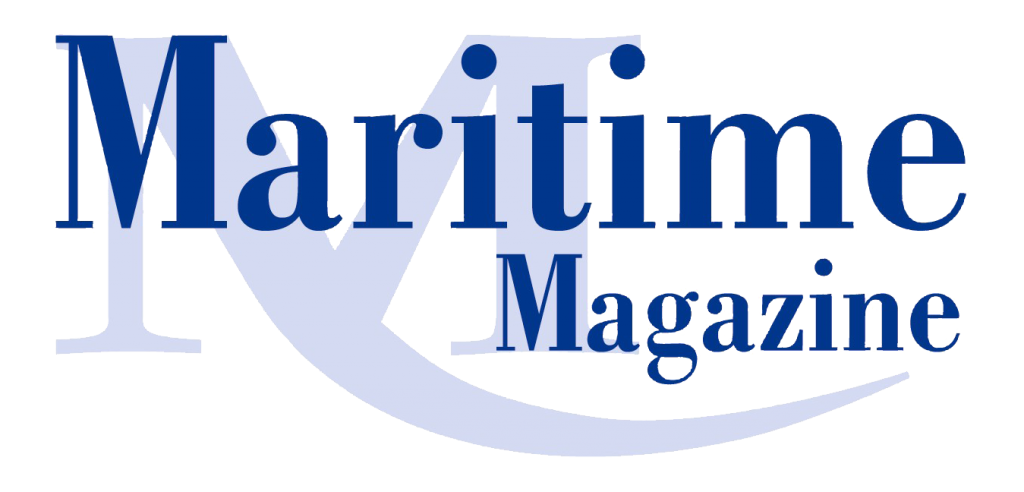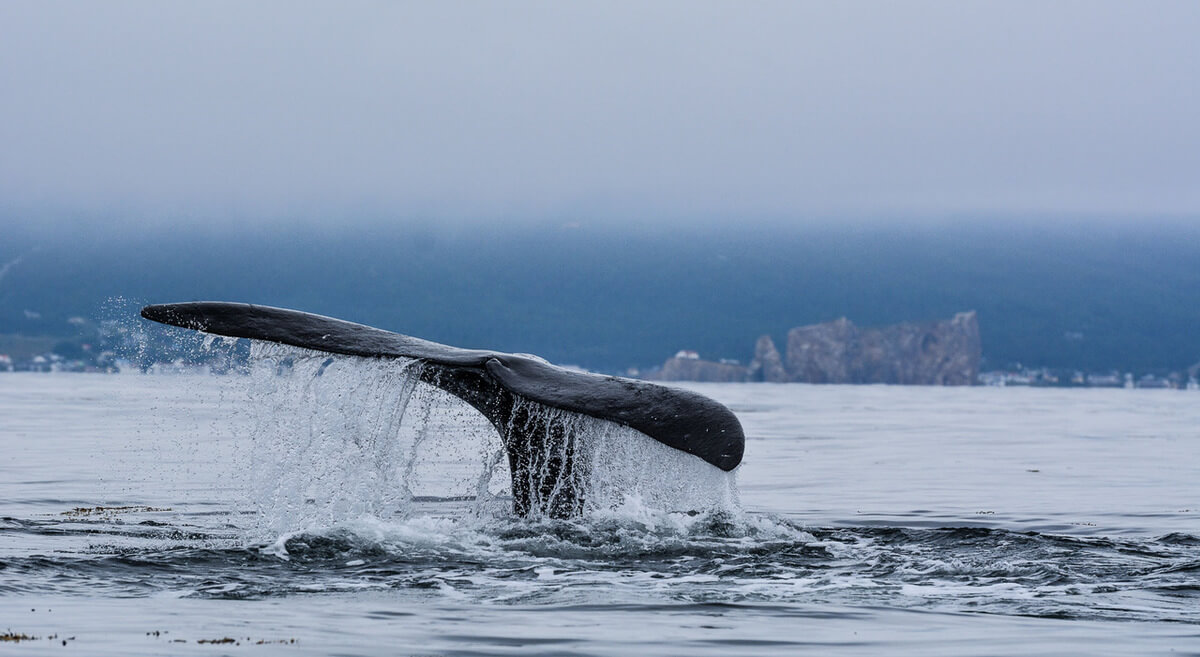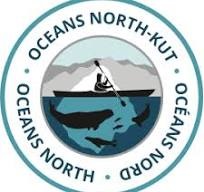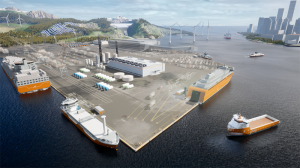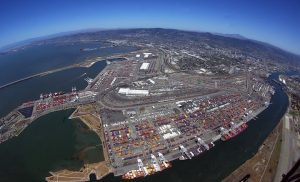The North Atlantic right whale is one of the most endangered large whale species in the world, and human interaction has played a role in threatening the survival of this species. Fishing and marine-based industrial activities, pollution, and other factors have all contributed to an unfortunate population decline. There is hope for the future though, as a number of initiatives have been undertaken to protect the species. The Chamber of Marine Commerce proudly notes that efforts made by shipowner member companies within the marine shipping industry on the Great Lakes and St. Lawrence Seaway are assisting with the protection of these endangered whales. Two areas of focus have been speed reduction and vessel noise reduction.
Since 2018, the shipping industry has worked with Transport Canada, Fisheries and Oceans Canada, and independent scientists to develop a mix of regulatory and voluntary protective measures in specific zones of the Gulf of St. Lawrence. The industry achieves over a 99 percent compliance rate in these zones, which see well over 9,000 transits of Canadian and international ships each year. Our shipowner members are once again ready for the 2024 protection season.
This year’s season will repeat last year’s measures with a series of dynamic shipping zones along a key shipping lane with ‘slowdowns’ when a whale is detected, a series of general 10 knot speed zones, and a restricted area to reduce traffic in the central zone of the Gulf to allow space for whales to congregate with less disturbance. These regulatory measures are complemented by a series of voluntary measures that have also seen increasing participation rates since 2020, with over 83% last season.
It is clear such efforts are having the desired effect. From 2023 data, scientists estimate the population at around 356 individual whales, including the new calves. This is an improvement from the estimate of around 320 whales in 2022 and 2021.
It is also valuable to note that a growing body of research has been developed, with participation from marine transportation companies, to examine the impacts of human-generated underwater noise on at-risk whales, dolphins, porpoises, and other marine life. Activities under study have included seismic oil and gas exploration and oil rigs, active military sonar exercises, pile driving for offshore wind-power installations, and maritime transportation.
Further to that point, the marine transportation industry has been engaged in a Marine Acoustic Research Station (MARS) project – the first such initiative worldwide – to study the acoustic signatures of Canadian-flagged vessels to identify and prioritize the causes of noise and find practical ways to make vessels quieter. Building on such research efforts, individual companies have also made design changes within their vessels, including new and more resilient mountings for engines, the adoption of diesel-electric engines, and the adoption of a new vessel shape where the propeller is installed to lower water churn.
“Our marine shipping industry’s leadership in environmental protection has been seen in our adoption of new technologies and fuels to reduce GHG emissions, updating the vessels in our fleet, and certainly in our engagement in research and adoption of new ship designs and new practices to protect marine mammals, including the North Atlantic Right Whale,” noted Bruce Burrows, President and CEO of the Chamber of Marine Commerce. “We take pride in being responsive to developing issues and setting the bar for other industries when it comes to exceeding expectations related to our social and environmental responsibilities and will continue to strive for continuous improvement in areas that protect the environments in which we operate.”
(Photo of right whale by Guylaine Marchand/baleinesendirect.org)
